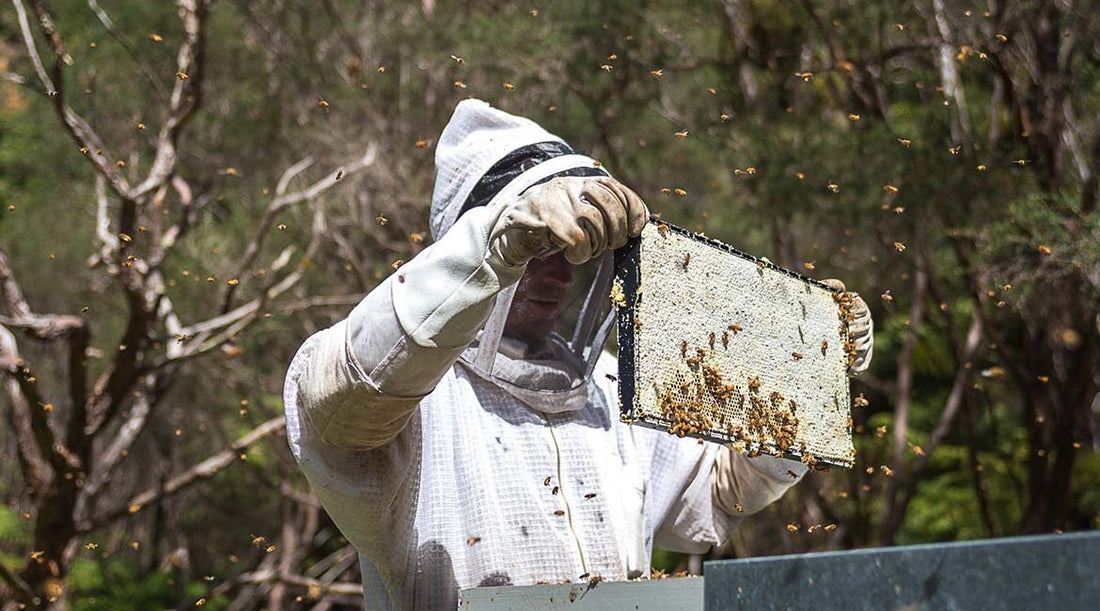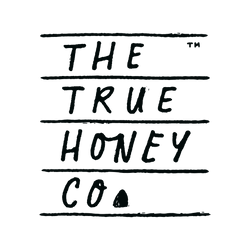
Having returned from another Mānuka honey harvest, our intrepid beekeepers are glad to have the hives tucked up safe and sound for winter, even those that had to weather the full blast of Cyclone Gita. This is the time our team takes stock – reflecting on the season that’s just been, and getting ready for the one to come.
Our beekeepers themselves finished the season in good health and good spirits, and were also chuffed to discover that almost all colonies returning from the Mānuka-laden back blocks are fighting fit, despite not enjoying the best flowering season.
Checked and double checked
Every frame in every hive box has now been checked by The True Honey Co.’s experienced beekeepers. Each one has done an American Foul Brood (AFB) recognition course, and they in turn are supervised by senior beekeepers who are DECA certified (a much easier way to say Disease Elimination Conformity Agreement!).
All hives are disease-checked before having the honey supers (a box in which 8–10 frames are hung) taken out and then again before being put onto their sheltered wintering sites. There were cheers and sighs of relief all round with the result that AFB was MIA and those nasty little Varroa mites were well under control. In some cases, our hive builders have also had to add more levels to our ‘bee condos’ as some bees have returned from the summer season positively porky – and now need extra space to spread their wings and grow their ranks.
War of the wasps
Now, bees are certainly not the only clever insect out there. Wasps – their arch-enemies – employ a type of fiendish cunning. Scout wasps will try to enter a hive and get the queen’s pheromone on their body. This gives them access to the queen to kill her. Without their queen, the colony of bees become disoriented and vulnerable to an attack by the wasp army. Our beekeepers to the rescue – carefully laying baits where the wasps are working. The unsuspecting wasps meet their sticky end by taking the poisoned bait back and sharing it with their own colony. Members of our beekeeping team are certified to use this controlled wasp bait, which is totally safe for bees.
Strength in numbers
Autumn is also the time when any sick or failing queens are replaced, and weaker colonies are given extra TLC. Before winter, the hives with the lowest numbers of bees will be united to help them survive the cooler months. Last winter this tactic proved itself a lifesaver, with a loss of only .39% of our colonies over 5500 beehives.
A sticky situation
Propolis – ‘bee glue’ – is a resinous mixture that honeybees make by mixing saliva and beeswax with botanical substances like tree sap. These clever little engineers use it to seal up unwanted open spaces in the hive. Our beekeepers place purpose-made propolis mats in the hive, which have small slots that bees identify as sources of heat loss from the hive. They ‘stop up’ the small holes with propolis, and when the mats are full our beekeepers harvest the extra propolis.
Keeping them sweet
With the change in temperature around wintering sites, the main nectar source has changed from clover to honey dew. Although we could sell the clover honey our bees make, we choose to leave this honey in our hives for the bees to snack on, reducing their need for sugar syrup top-ups over autumn and winter. If honey reserves inch towards E for empty, our beekeepers give bees enough sugar to give them the energy to forage for themselves from the landscape. This more natural diet helps to look after their overall wellbeing.
And our hardworking beekeepers?
If it isn’t enough to be tending to our fuzzy friends and giving them their well-deserved R & R, our beekeepers take this time to catch up on repairs, to keep everything in tip-top condition. They also meet up with our valued winter site landowner partners, to make sure they’re happy to host our hives again and keep them in the loop with what’s happening out in the field.

